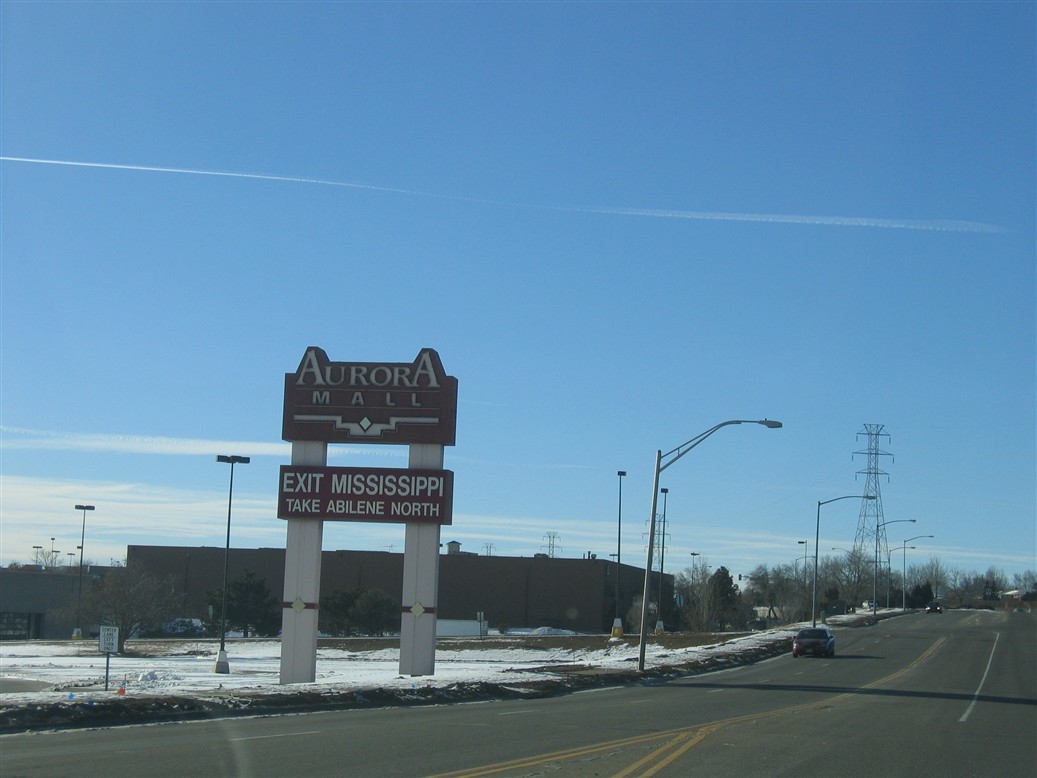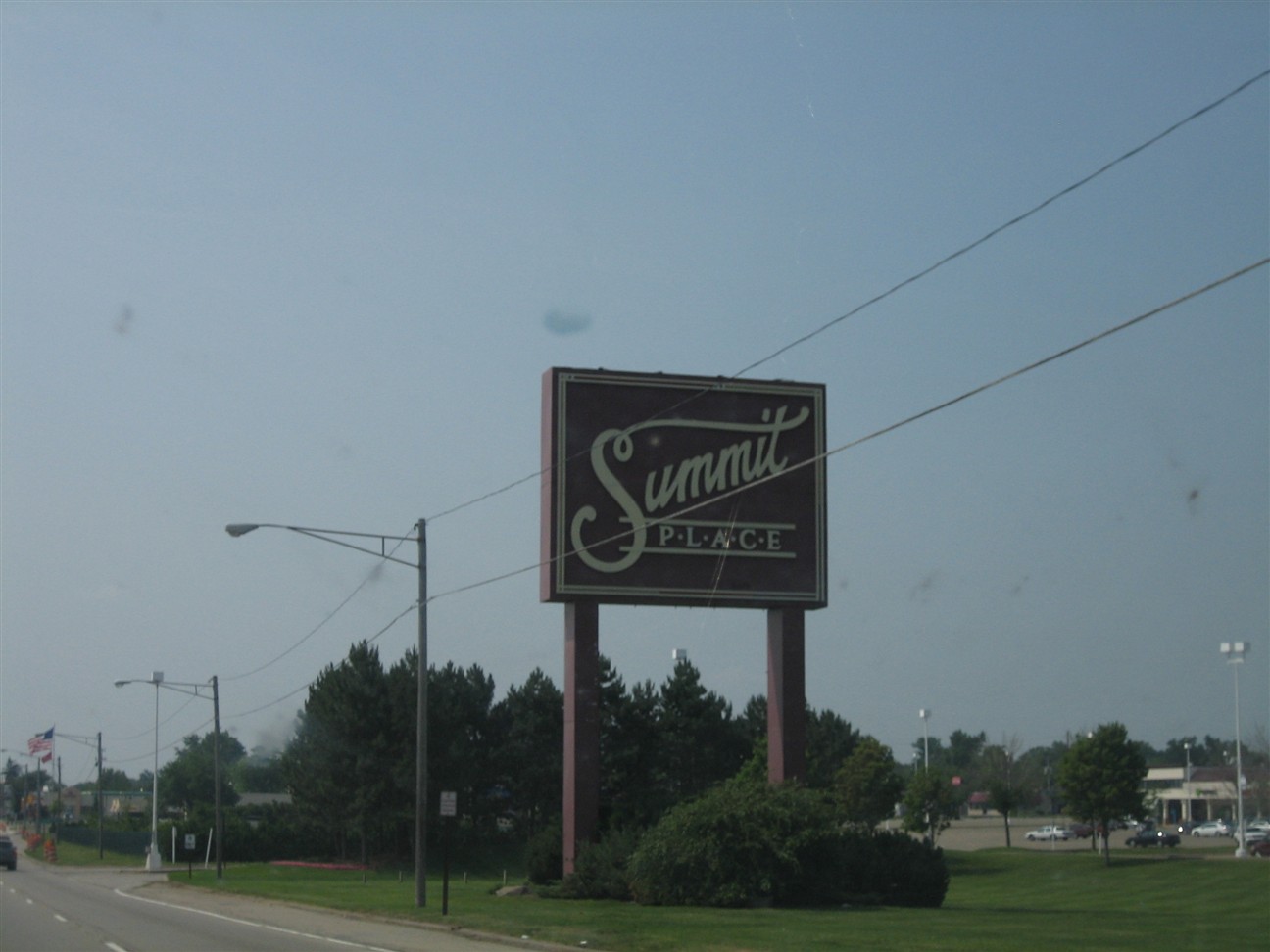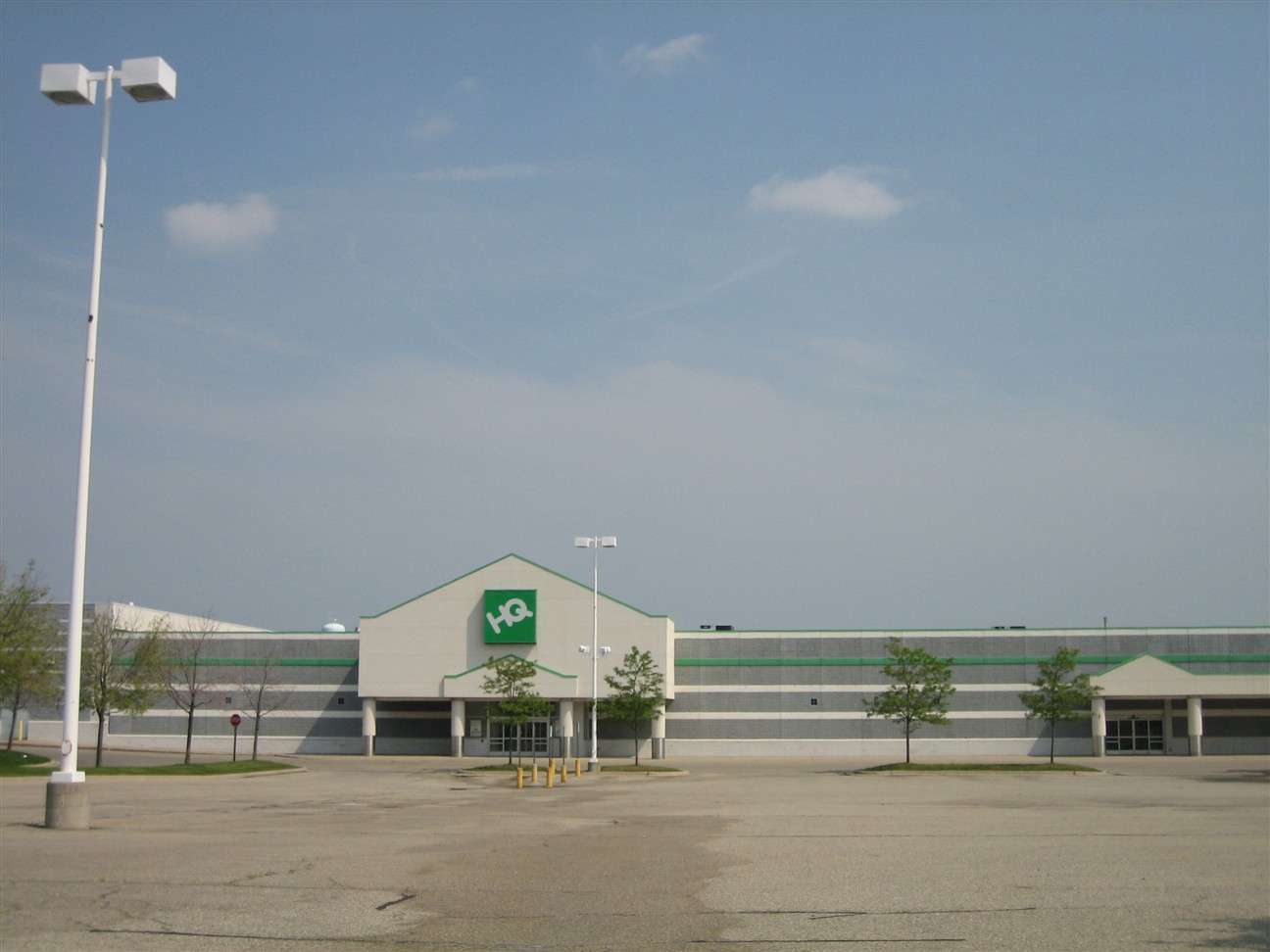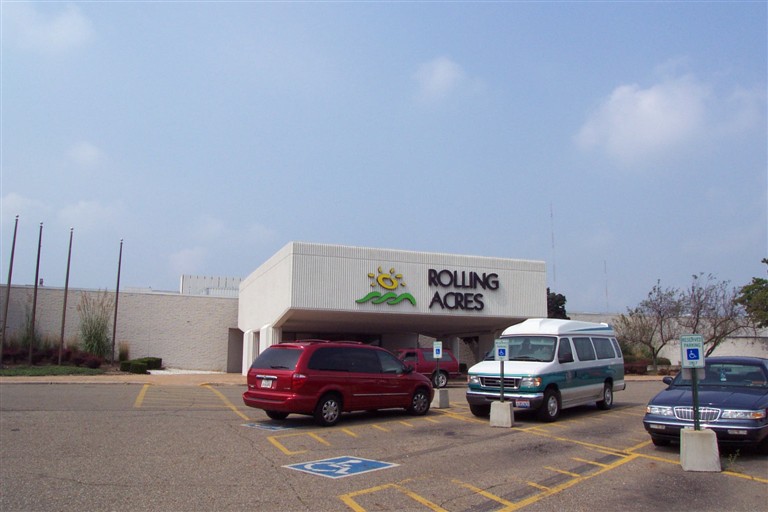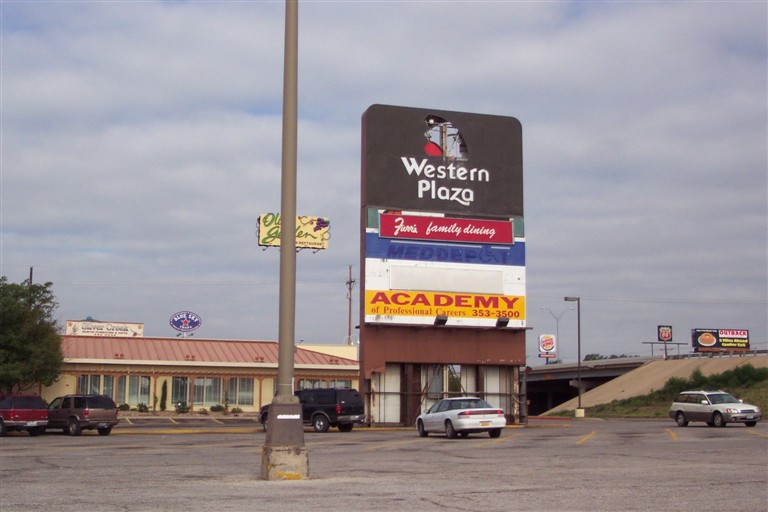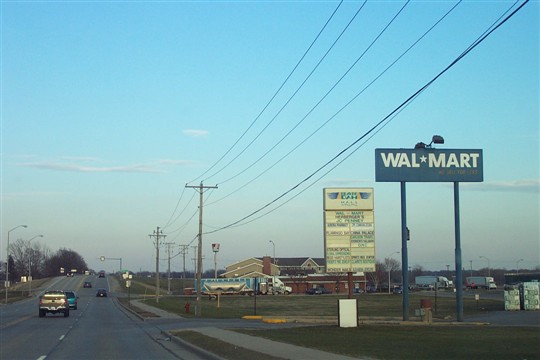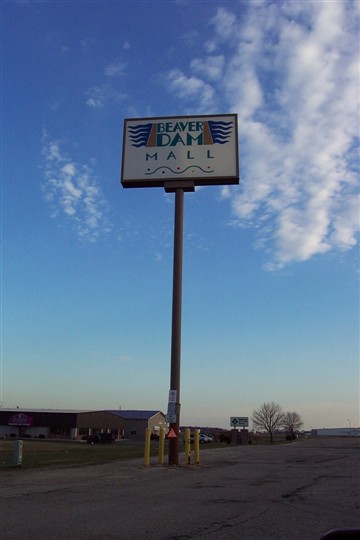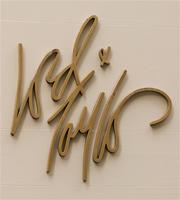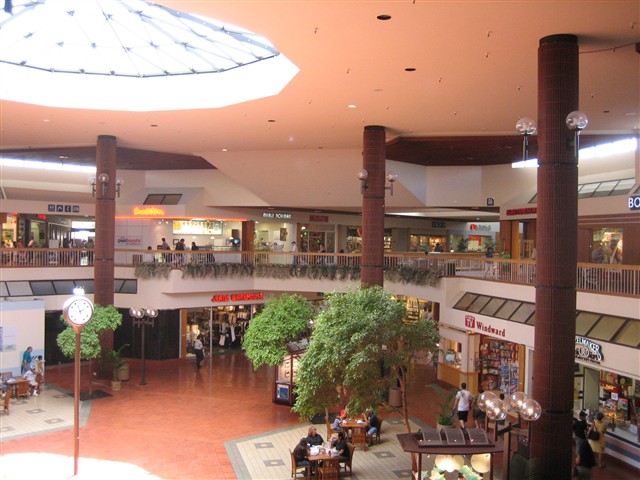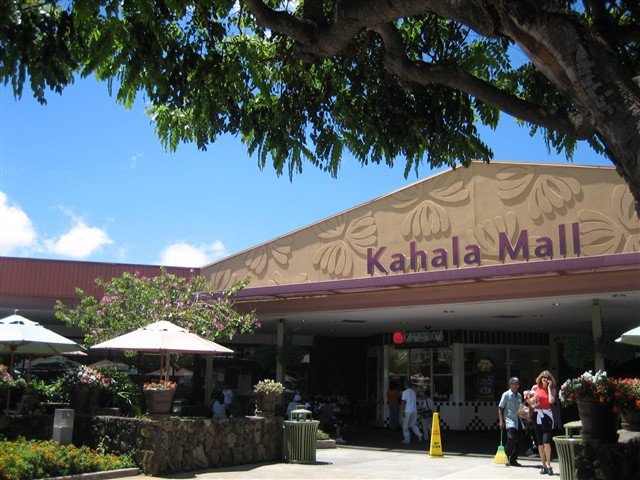This is one that started it all for us. During 1998 and 1999, Caldor and I took road trips on many weekends throughout the upper midwest. It started out by exploring various cities, often driving around aimlessly. Eventually we wanted to get out and stretch our legs, so we’d look for public places we could walk around, people watch, get food, and hang out. We weren’t terribly familiar with these cities and we were both teenagers at the time, so we didn’t really know where to go to get our feet wet. So, we turned to the places teenagers are known to flock and went to local malls in the cities we visited.
At first we didn’t really know what we were doing, but eventually it became systematic. We’d look at a map and go from mall to mall, driving around, looking at anything that looked interesting. Neither of us had more than very limited experience in the areas we explored: mostly the suburban and urban milleu of middle America. The experiences were simultaneously riveting, if not a little frightening. We encountered many different characters at the malls, saw malls in different physical as well as economic conditions, and got a taste of local flavor in every place we went. Without really categorizing them as such, we discovered what would later be categorized as a “dead” mall. We became amazed at the disparities we saw between large, successful, packed malls and old, dated, or for whatever reason emptier malls. We began to realize that many don’t even realize the differences or, if they do, they don’t really consider them. We found them fascinating, and started to contemplate the bigger picture. This blog is essentially the culmination of our explorations, our discoveries, our ruminations, and efforts in putting together a semblance of understanding in the retail puzzle of America.
Pekin Mall is the first remarkably dead mall we visited, in January of 1999. Located at the end of the commercial strip headed out of town on East Court/IL Route 9, Pekin Mall was an enclosed mall of about 500,000 square feet. It obviously opened sometime in the 1960s or early 1970s, but I’m not exactly sure. It was anchored by Bergner’s, JCPenney, Hobby Lobby, and Big Lots, and shaped like a carat. When we approached the mall from sad downtown Pekin on Court Street, it looked spectacularly dated on the outside, but nothing, I repeat, nothing could have prepared us for the inside.
We entered through Bergner’s on the east end of the mall and walked into the main mall and suddenly timewarped into someone’s psychadelic, drug-induced trip from 1972. The floor tiles were this shiny mix of off-white, deep blue, purple, and what can only be described as puke green. Horrifically, the tiles alternated colors so a striped pattern repeated the mismatched color scheme throughout the entire mall. I’ve never seen anything like it, and haven’t since (thankfully, I was born in the 80s). Strangely, the mall also seemed rather dimly lit, despite the manmade lighting and the very cool mod-70s windows carved into the ceiling for natural light.
However, I’m afraid that’s only the beginning. These 3 foot long, vertical rows of christmas lights (?!) hung down from the ceiling every so often, glistening against the visually assaulting, unholy kaleidoscope of colors on the floor. Every store, open or not, was horribly dated. Several stores had untreated wooden storefronts, which seemed to be popular in the 1960s or 1970s. The Fashion Bug’s font was very strange and old, and purple. The Deb shop’s sign was this neon green color, but you can be sure the store had the very deep purple carpeting and all the various trapeze-looking apparati which hung down from the ceiling to display all the latest fashions. The Waldenbooks, or should I say Walden Books, was one of their original mall store designs, built vaguely to look like an old bookstore on some urban street. It had the horrible dark green carpeting and the chandeliers common for Waldenbooks during this time. As an aside, I think these stores are more aesthetically pleasing (sans the carpeting and maybe the chandeliers) than their current bland design. In addition, one former vacant store was full of 2-3″ mod 70s green shag carpeting and another store was being used as a gymnastics studio. Imagine the disassociation therapy the kids will have to go through in order to enjoy gymnastics again!
I won’t ever forget the smell from that day either. During our visit was this bizarre fair in the mall, which consisted largely of card tables with various knick-knacks, Native American wares, and people. They were smoking pipes, cigars, incense burning. All mixed together with the musty old mall, it was a very strange, offensive smell.
As for the stores, I’d say well over half were vacant during our visit in 1999. The handful there weren’t dazzling or upscale by any means, as far as for actual shopping and utilitarian mall use. I’ve already mentioned most of them, actually. Add Payless, Radio Shack, GNC, and that about rounds out the major players that were in Pekin Mall in 1999-2000.
As for the mall’s entire history, I’m a little unclear. Like I said, the mall probably opened sometime about 1970. It had not received any sort of renovations, ever. As for its recent history, I know that a Sears once stood where Big Lots and Hobby Lobby are, but it closed in 1993. The Hobby Lobby didn’t have access to the mall either; it was walled off. The pictures featured with this entry were taken in the Summer of 2000 (They’re vintage!) but the mall is in mostly the same condition as it was when Caldor and I visited in 1999.
During 2001, the mall was sold and the development company announced huge plans to redo the mall as (what else?) an open air power center, read: strip mall. However, due mostly to lack of interest, an honest effort by the company to come through on their promised plans to redevelop the horrid mall failed. So the mall sat, and all the while the mall emptied out completely. During my last visit to the mall in January, 2002, the Hobby Lobby wing of the mall was entirely shuttered.
It was not until late Spring 2002 that the mall finally came down, in pieces. The original Bergner’s anchor remains, and the new development is called East Court Village. Surprisingly, few items exist on the internet to document the mall’s recent history and transition. East Court Village doesn’t even appear to have its own website. JCPenney announced it would be leaving the development and closed their doors in 2002. However, Goody’s Family Clothing appeared to take their place in 2004. Big Lots and Hobby Lobby still anchor the west end of the redeveloped strip mall. I’ve actually not been back in some time. How is it doing? Leave some comments or E-Mail me and let me know.
NEW: Check out a recreation of the Pekin Mall directory and site plan, put together by Kurt Schachner. (PDF)
Added 8/20/2006:





























